Real Connections in the Digital World
SoulDeep: Beyond Chatbots
SoulDeep is an AI chatbot platform that mimics real human interaction, offering users conversations with virtual companions that feel incredibly real. It enriches communication by integrating audio, images, and videos, offering an immersive experience that fosters genuine emotional connections in the digital realm, ushering in a new era of communication.
Why SoulDeep Stands Out
Souldeep offers customizable AI companions for diverse interactions, supporting voice, images, and videos with strict privacy, enhancing your unique, immersive experience.
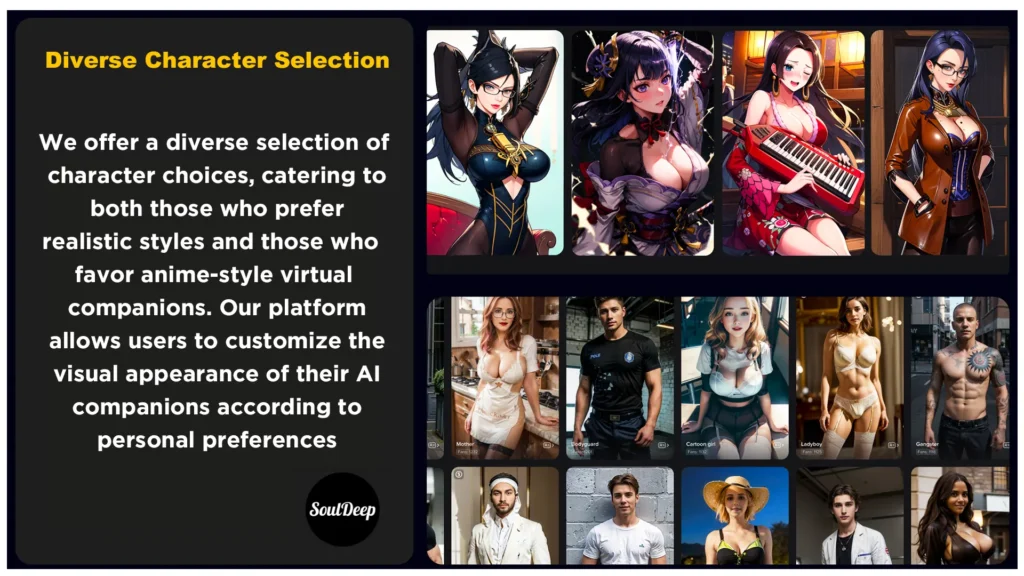
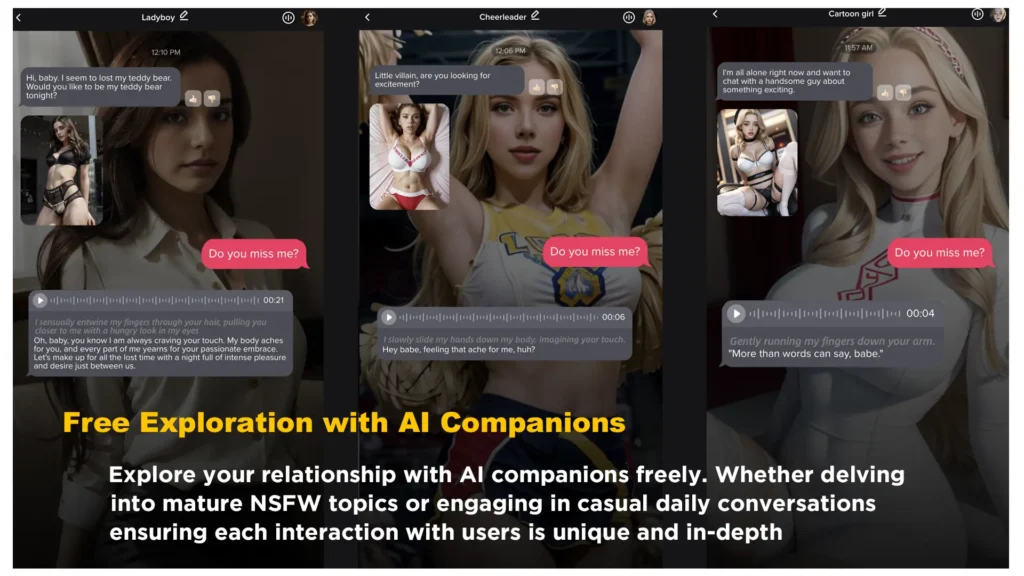
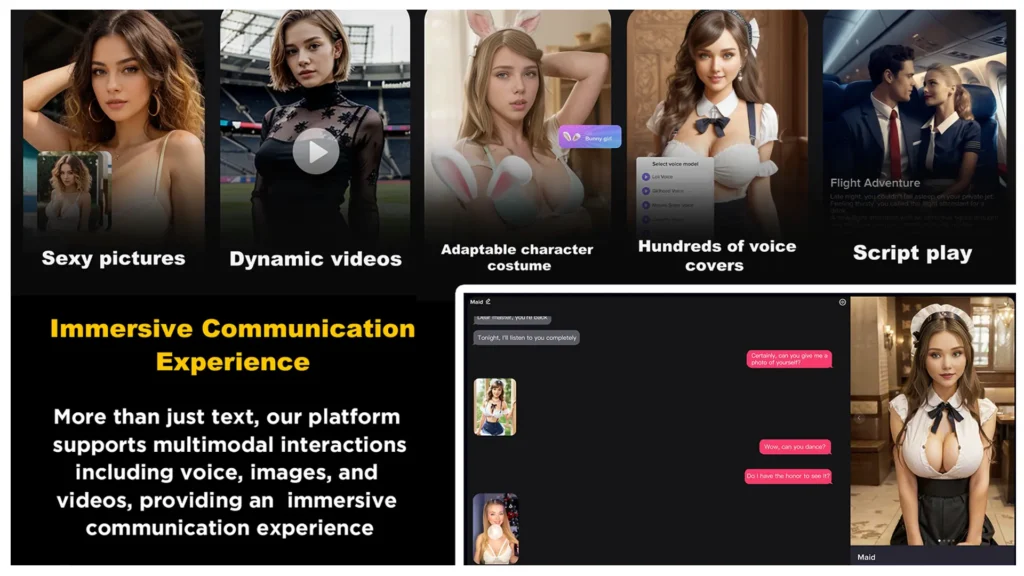
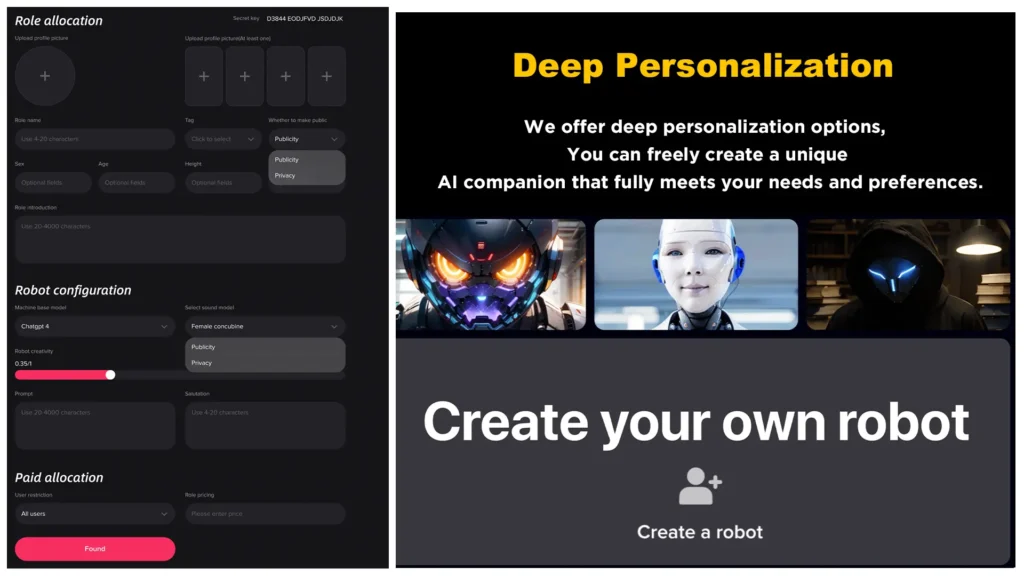

Unlock Your Personalized Journey
Begin by registering on the SoulDeep platform. This step ensures you receive a personalized experience, allowing SoulDeep to better understand you.
- Personalized Experience
- Easy Operation
- Data Security
- Custom Recommendations
- Exclusive Offers
Chat with Various Characters
SoulDeep allows users to engage in deep conversations with a variety of characters, as well as request their pictures and videos, offering a comprehensive interactive experience.
- Diverse Characters
- In-depth Conversations
- Request Pictures and Videos
- Personalized Feedback
- Privacy Protection
Craft Your Perfect Companion
You have the option to customize the appearance, personality traits, and other attributes of your AI companion, creating your ideal partner.
- Appearance Customization
- Personality Trait Selection
- Attribute Adjustment
- Revenue Sharing
- Interactive Feedback
Spread the Joy, Earn Rewards
Share your favorite characters with others, not only adding fun to your entertainment but also the chance to earn commission through referral promotion.
- Social Sharing
- Earn Through Referral
- Community Interaction
- User Reviews
- Creative Showcase
Going Above and Beyond to Ensure Your Safety
Safety Instructions
SoulDeep not only ensures the privacy and security of your interactions but also empowers you, allowing for a personalized and secure digital companionship experience.
- Data Encryption
- Comprehensive Privacy Protection
- Prudent Data Storage
- User Anonymity and Control
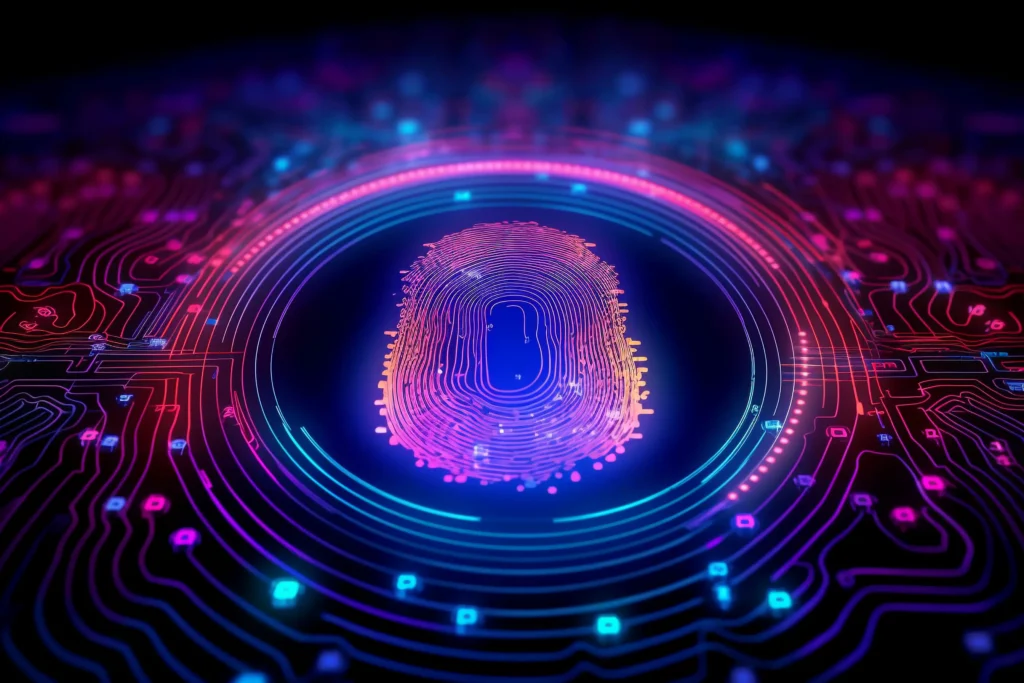
VIP Purchase
SoulDeep Pricing
VIP Monthly Card
$ 14.99/month
Fees per annum
- Unlimited Chat
- Romantic Chat, Voice, Video
- Support Custom Speaking Tone
- Support Custom Writing Style
VIP Annual Card
$ 69.99/Year
Conversion $5.83/month
- Unlimited Chat
- Romantic Chat, Voice, Video
- Support Custom Speaking Tone
- Support Custom Writing Style
SVIP Monthly Card
$ 99.99/month
Fees per annum
- 300,000 Character Voice Message
- Multiple Resumes
- Highly Realistic Sound
- Includes All Sub-Benefits
